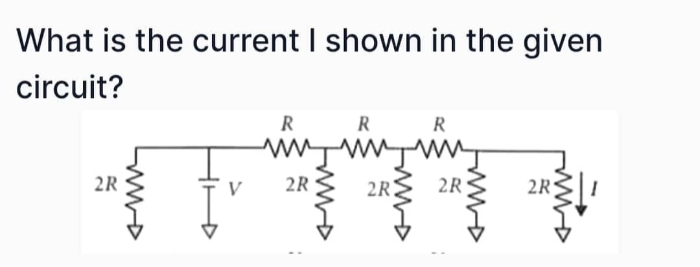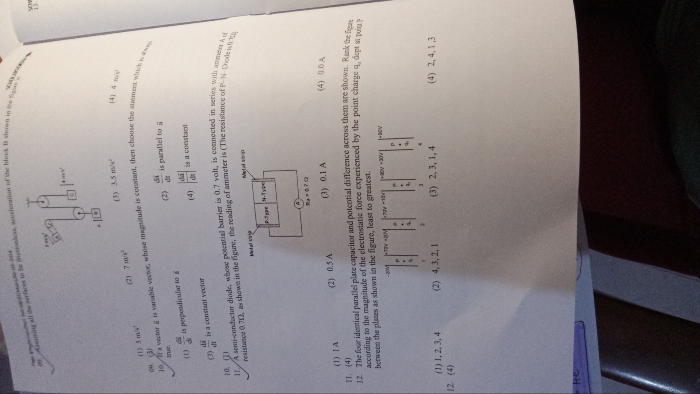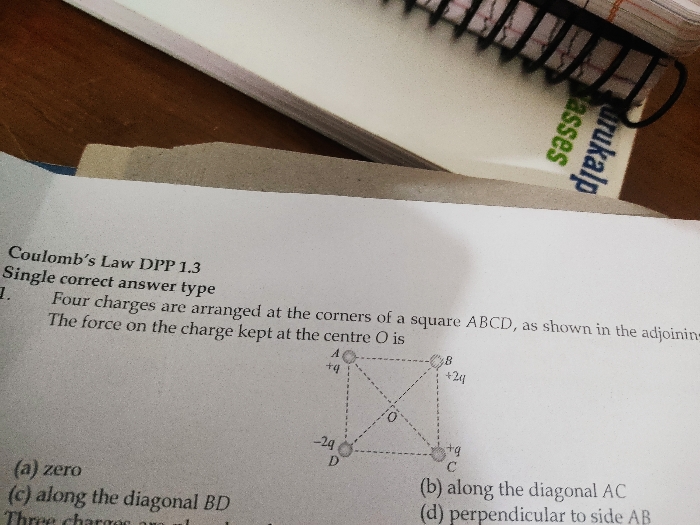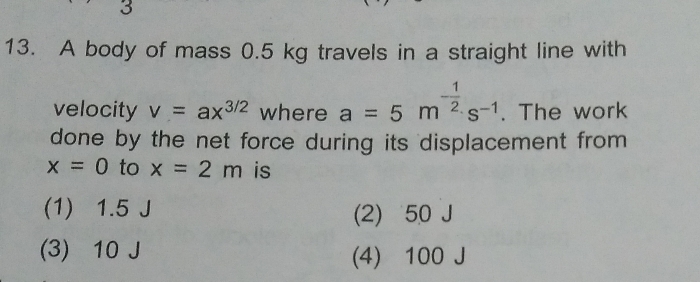JEE Class main Answered
solve

Asked by eknathmote50 | 08 May, 2019, 10:39: AM
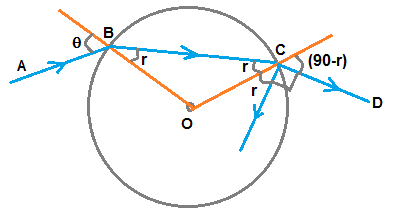
Let the incident light ray makes the angle θ at B on a glass sphere.
If angle of refraction for refracted ray at B is r , then angle of incidence at C also r, because ΔOBC is isoceless.
At C, angle of reflection will be r. Hence angle of emergence at C is (90-r), because emergent ray and reflected ray
are perpendicular to each other.
At the point C, by law of refraction, we have sin(90-r)/sin(r) = √3 or tan(r) = 1/√3 or r = π/6
At the point B, sin(θ)/sin(r) = sin(θ)/sin(π/6) = √3 or sin(θ) = √3 /2 or θ = π/3
Answered by Thiyagarajan K | 08 May, 2019, 03:01: PM
Application Videos
JEE main - Physics
Asked by arivaryakashyap | 23 Apr, 2024, 10:40: AM
JEE main - Physics
Asked by ratnadeep.dmr003 | 21 Apr, 2024, 11:06: PM
JEE main - Physics
Asked by ksahu8511 | 19 Apr, 2024, 11:55: AM
JEE main - Physics
Asked by mohammedimroz | 13 Apr, 2024, 09:48: PM
JEE main - Physics
Asked by medhamahesh007 | 02 Apr, 2024, 11:11: AM
JEE main - Physics
Asked by gundlasumathi93 | 31 Mar, 2024, 02:13: PM
JEE main - Physics
Asked by chhayasharma9494 | 31 Mar, 2024, 12:47: PM
JEE main - Physics
Asked by archithateja3 | 30 Mar, 2024, 10:23: PM
JEE main - Physics
Asked by Machinenineha | 27 Mar, 2024, 05:28: PM






